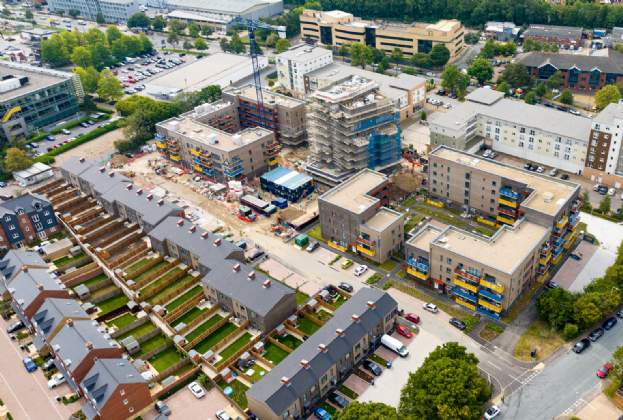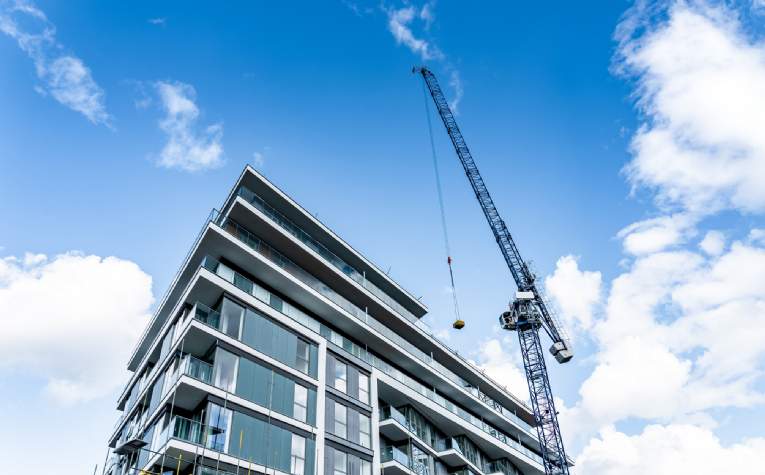A slight shift in the balance of tenures
Affordable Rent and Shared Ownership continue to comprise the largest proportion of total affordable housing supply at 38 per cent and 32 per cent respectively in 2022-23. However, there has been a slight shift in the balance of tenures, with a 25 per cent increase in Social Rent housing (albeit from a very low base) in comparison to a 5 per cent increase in Shared Ownership and an 8 per cent fall in Affordable Rent.
Over 1,000 First Homes were delivered in 2022-23 in 63 local authorities. This takes the total First Homes delivered since the introduction of the tenure in 2021-22 to 1,093 homes. 71 per cent of First Homes have been delivered through Homes England grant funding as part of the First Homes early delivery programme which ended in March 2023. Future delivery of First Homes is therefore reliant on S106 but appetite amongst local authorities to deliver First Homes as part of S106 requirements remains uncertain.
Half of affordable housing supply delivered through Section 106
47 per cent of affordable housing completions were delivered through S106 (nil grant) agreements in 2022-23, up from 44 per cent in the previous year. S106 affordable housing delivery has expanded significantly in the last decade. But with this form of delivery dependent on the strength of open market sales, it is forecast to fall in line with the wider slowdown in private housebuilding.
Future outlook for affordable housing supply
Affordable housing starts in 2022-23 increased by 12 per cent reaching 71,046 homes, the highest number since 2015-16, supporting affordable housing delivery levels for 2023-24. Beyond 2023-24, despite the increase in starts driven by the end of the 2016-23 Affordable Homes programme, there are considerable pressures ahead for future affordable housing supply.
As a result of challenges relating to existing stock, with a growing requirement for housing associations to invest in building safety and decarbonisation, overall sector capacity to new development is constrained. Many housing associations including members of the G15 group have announced plans to scale back development programmes to focus investment on existing stock. The 2023 Inside Housing survey of the top 50 biggest developing housing associations forecasts a 14 per cent decrease in completions over the next five years. However, there still remains appetite amongst many providers to continue to develop.
The Government remains committed to delivering the grant funded 2021-26 Affordable Homes Programme (160,000 affordable homes by 2026, revised down from the initial target of 180,000 homes). Greater flexibility in how this grant funding can be deployed will help support the sector. The growing For-Profit Registered Provider sector also has a role to play in maintaining affordable housing delivery levels.
Further information
Contact Lydia McLaren
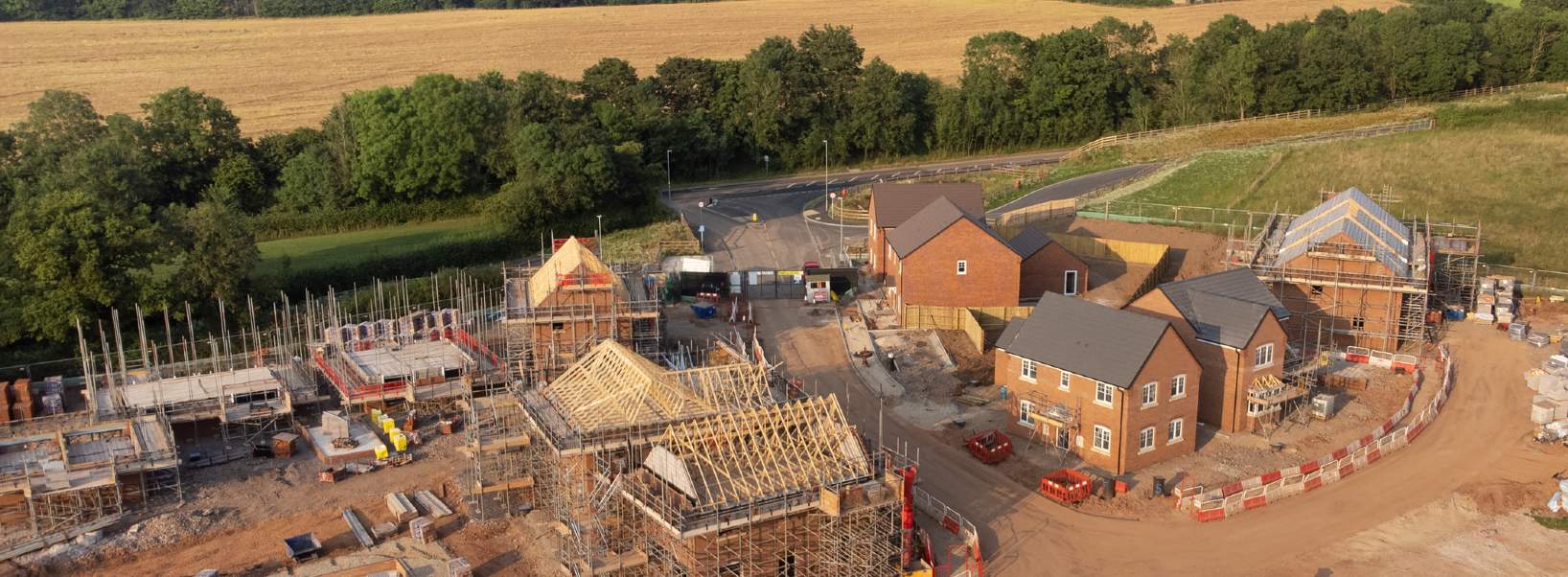

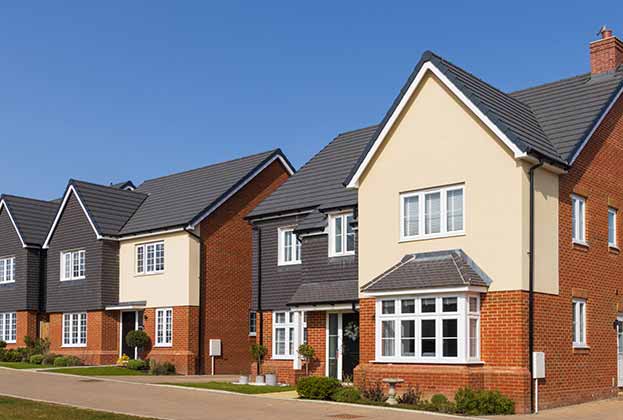
.jpg)
.jpg)

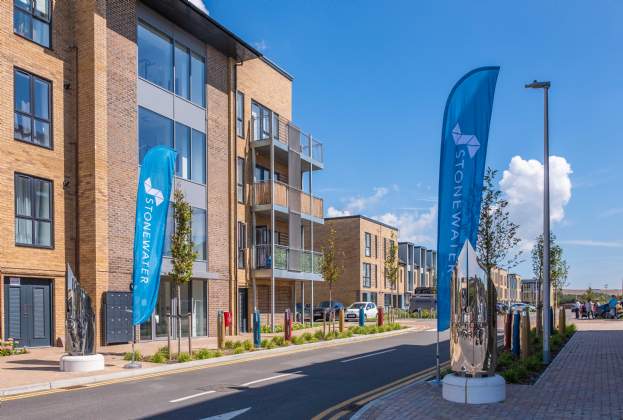

-large---midland-heart.jpg)
